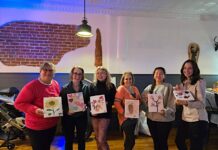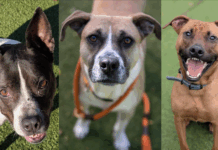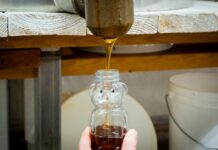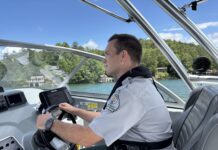If you enjoy my wildlife photography and wonder why you seldom see such images: A mink climbing over a beaver lodge in search of a meal;
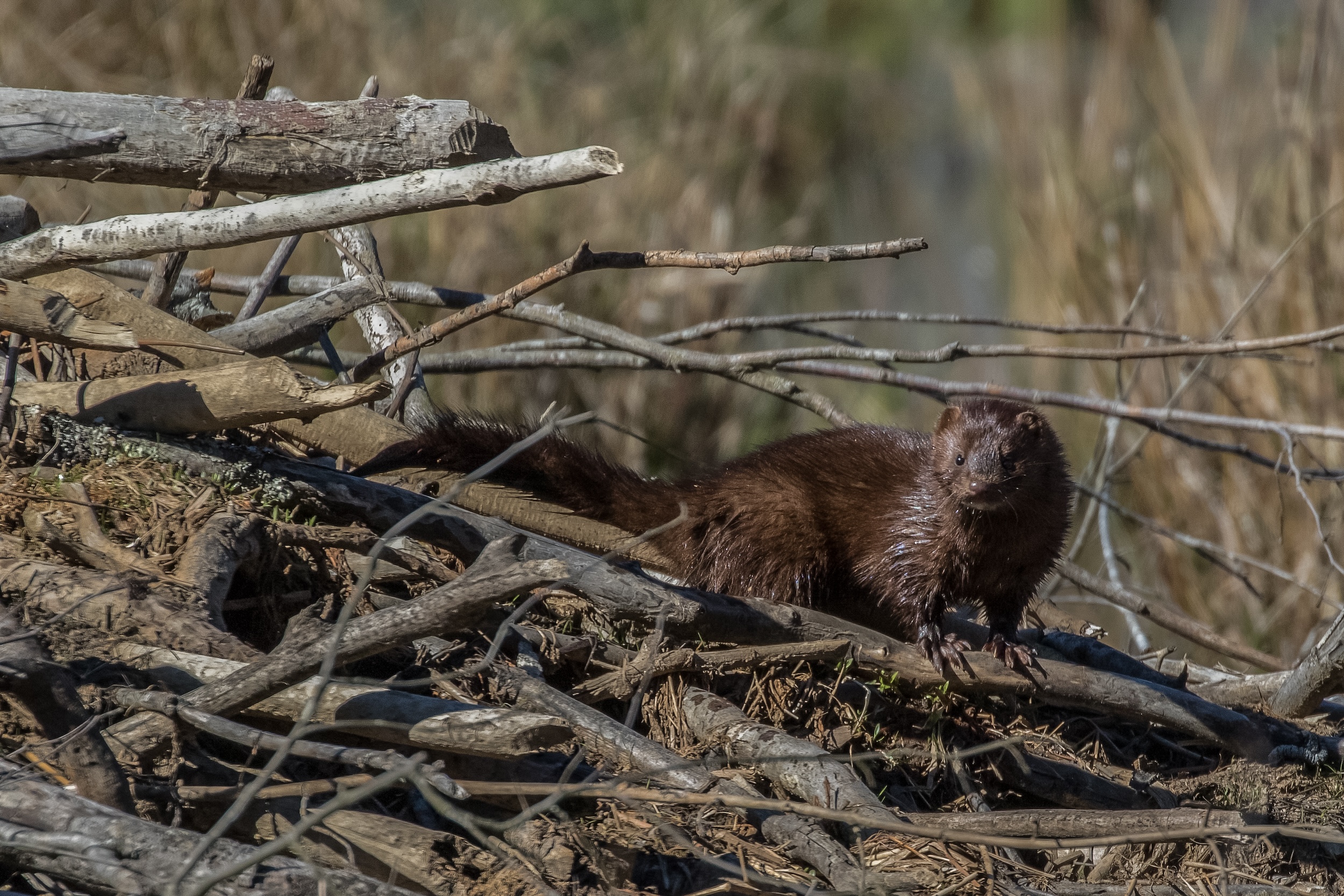
deer stepping out of the shadows into the lake for a drink on a cool spring morning,
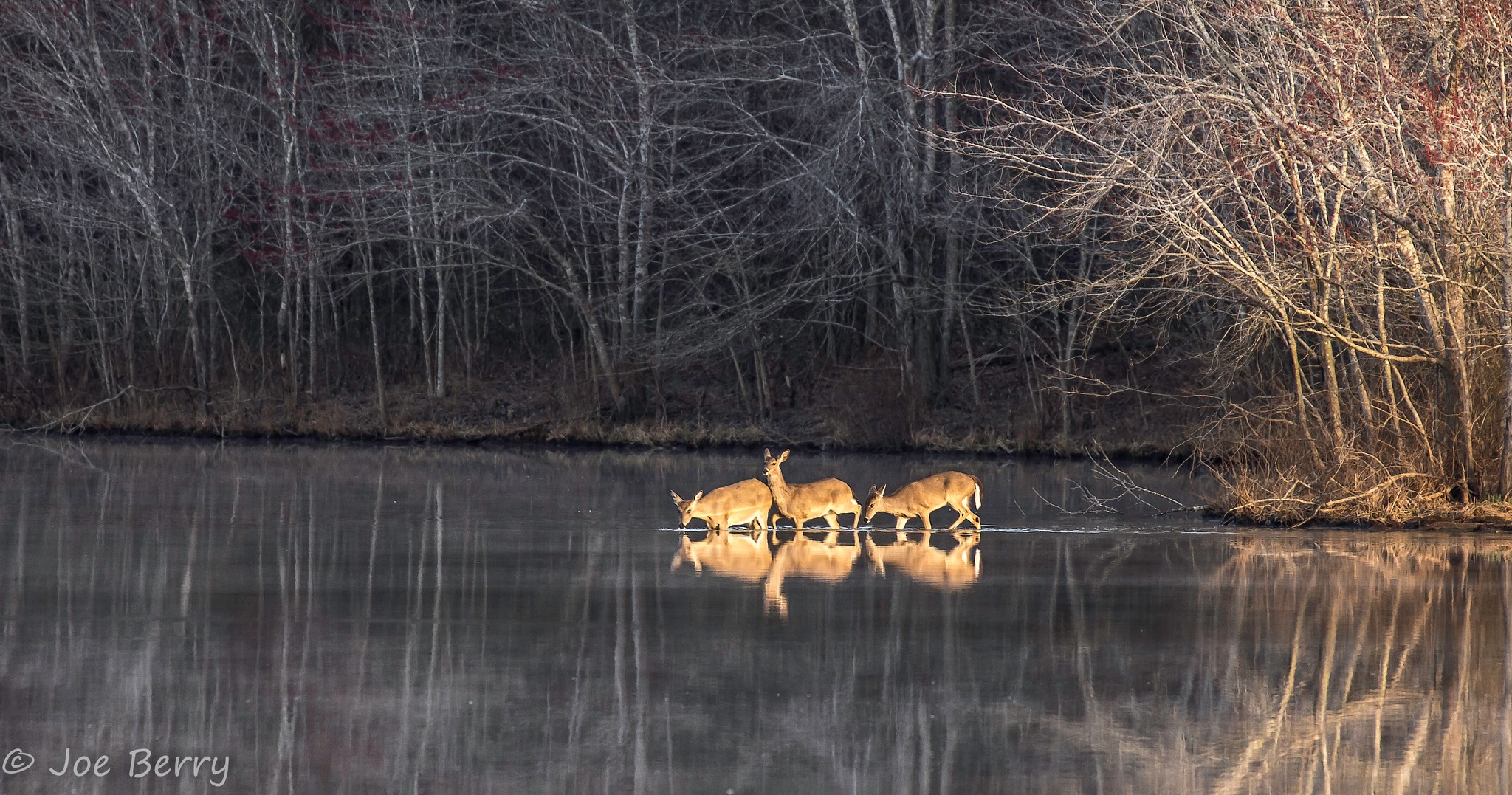
or a colorful drake Wood Duck courting a hen;

then let me share with you my ways in the woods.
Camo and quiet
When most nature lovers talk of their plans to enjoy the great outdoors on the upcoming beautiful weekend, you hear plans to go to the river with a group of kayakers, hike to see a popular remote waterfall, or go mountain biking with some friends. These are all healthy activities that nurture an appreciation for the outdoors, but they also disturb the wildlife that call it home.
Most animals will hear or see the people coming before getting close and flee in fear. A few animals that have grown accustomed to the visitors remain and are seen, but not the normal inhabitants.



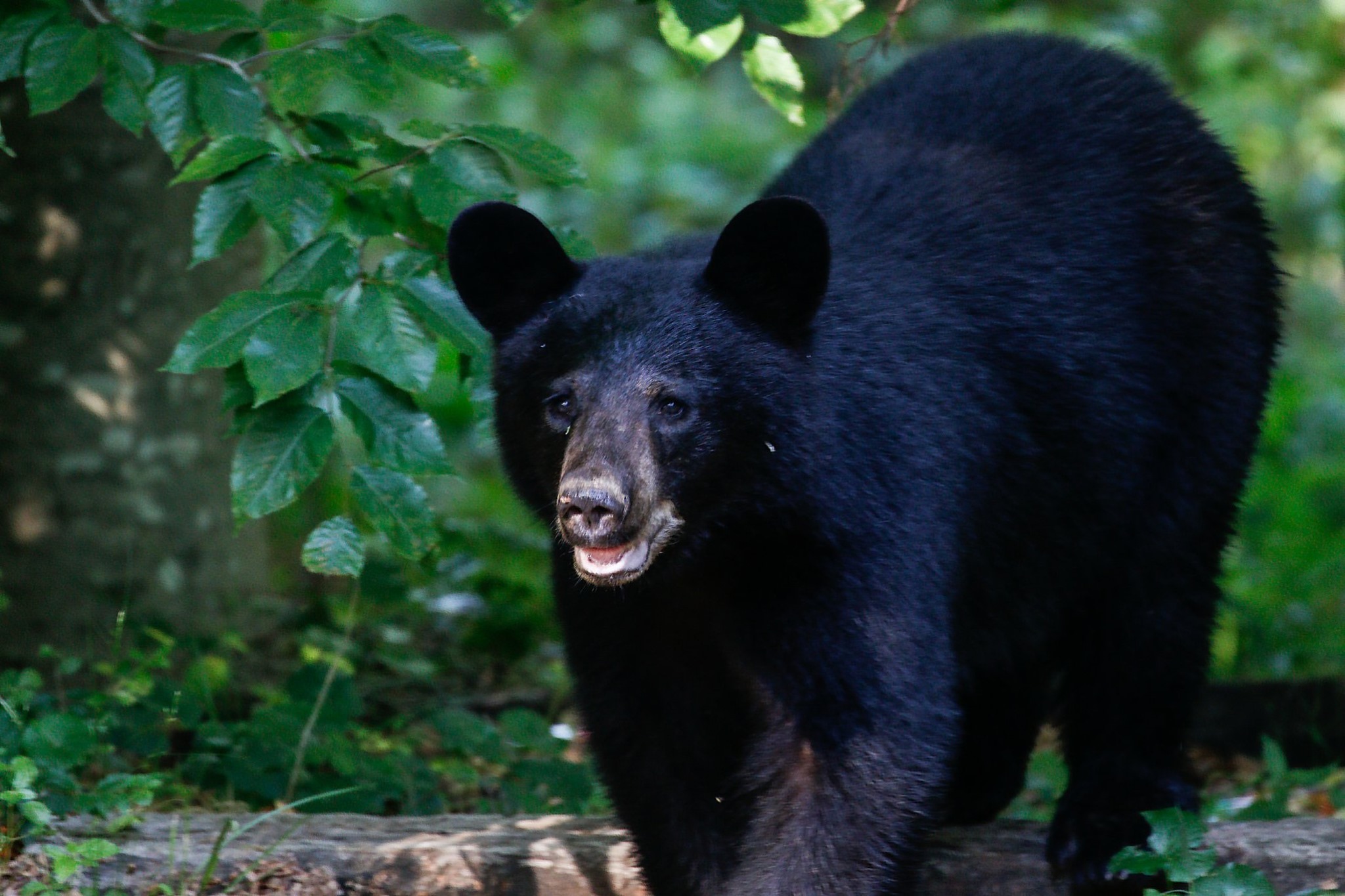
(Photo by Joe Berry)
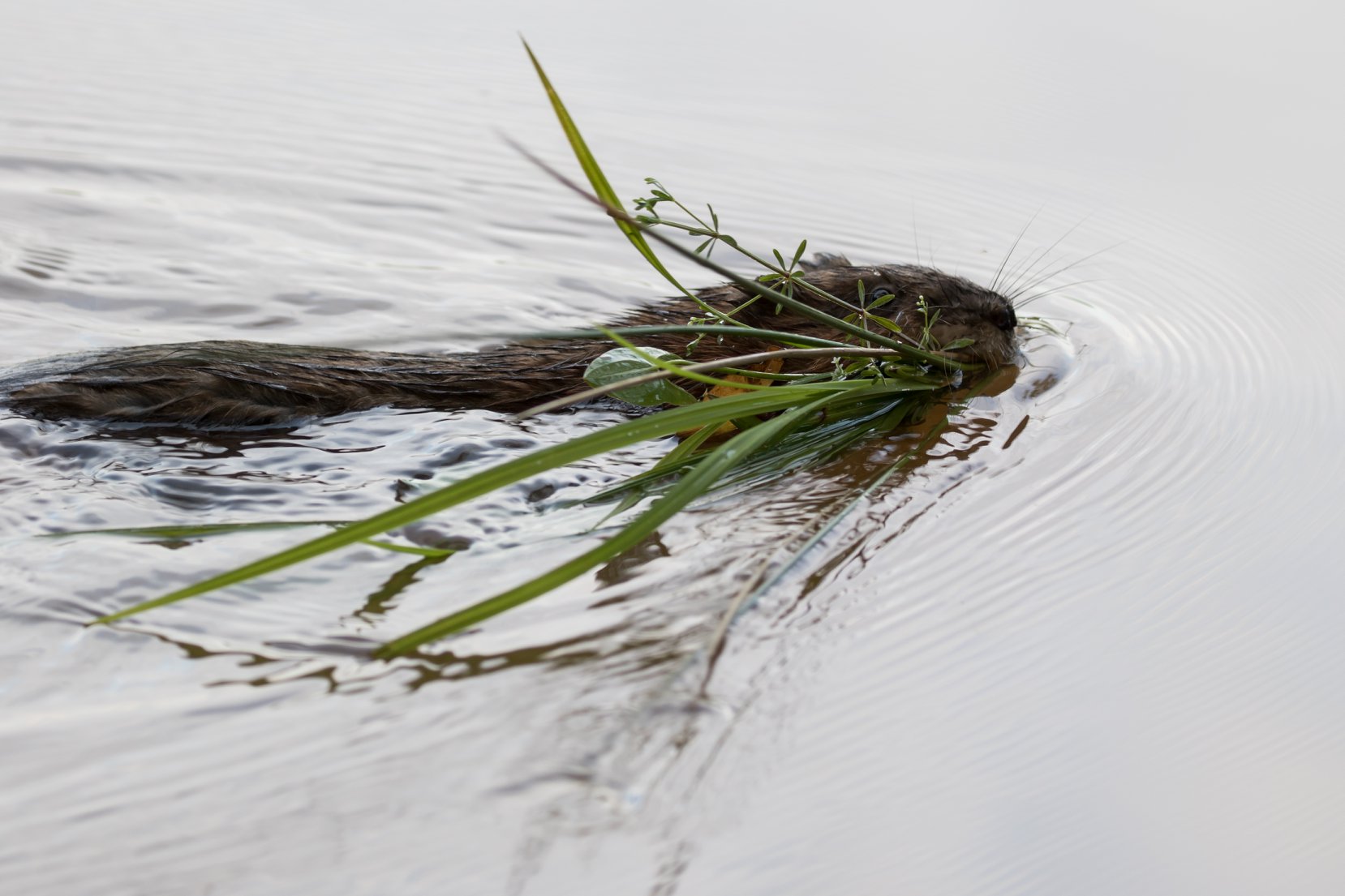

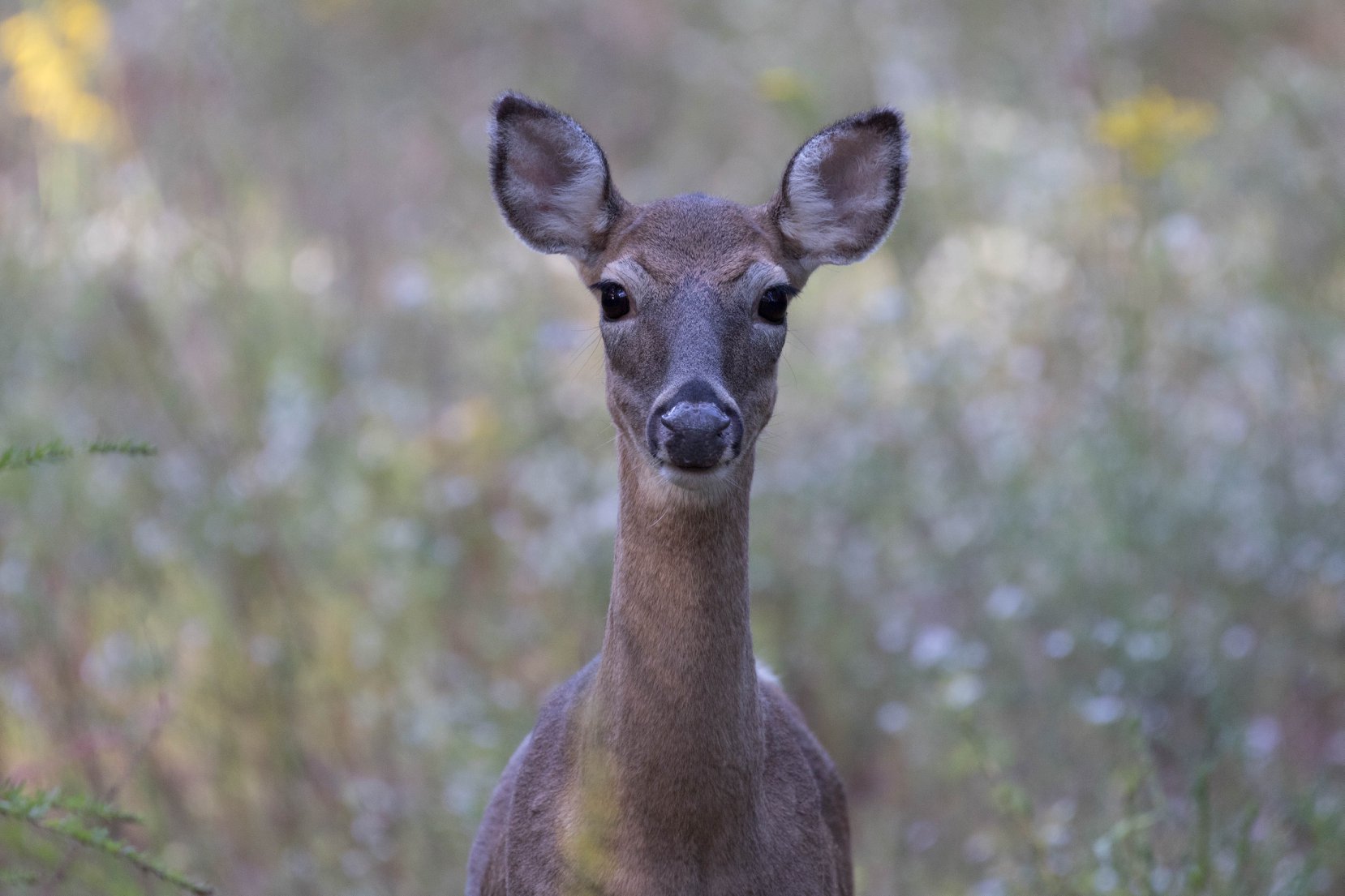
The weather and cloud cover always have the first say if I will be taking pictures. If there isn’t enough light, it’s better not to go and educate the wildlife on how to avoid you. On a typical morning, when I go to take pictures, I dress in my camouflage and slip on my rubberized camo snake boots.

It’s impossible to watch for snakes in your path when you can’t see the ground for vegetation or have your eye on the camera’s viewfinder. I like rubberized snake boots to keep my feet dry if I must step through a large puddle or creek. If the temperatures are not cold, I will also apply bug repellant to the small amount of exposed skin.
I usually leave the house on my bike as soon as it is light enough to make my way down the dirt road safely.
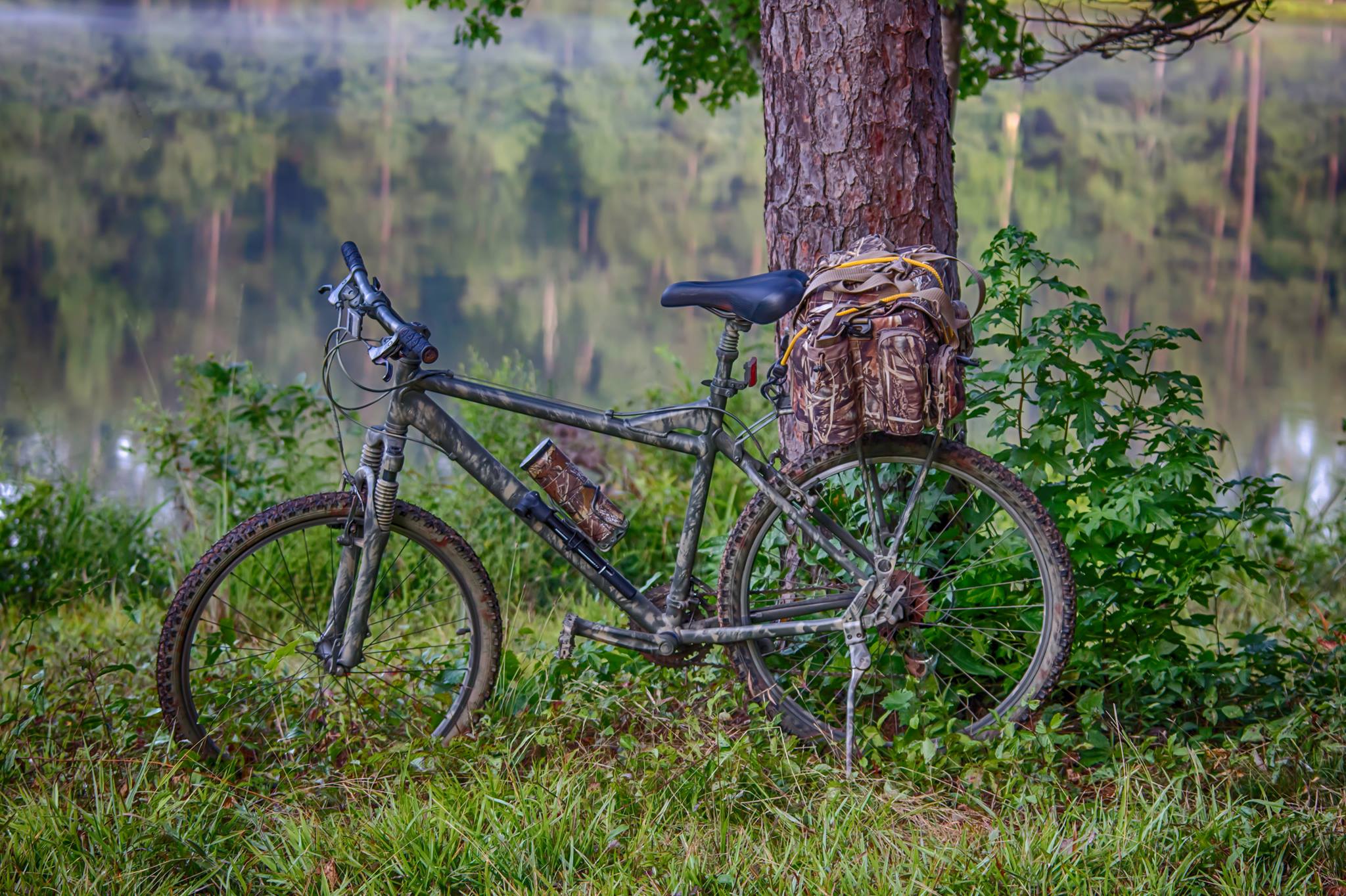
The best time to be set up and ready to take pictures is what wildlife photographers refer to as the ‘golden’ hour. As the sun rises above the horizon, the ambient light has a glow that is difficult to produce artificially. There is enough light to get the correct exposure but not so much as to cause harsh shadows in the image.
There are times when I need to get to my destination before daylight and let the wildlife come into the area after I get settled in and still. If I am later, they will already be in the area, and my approach will cause them to leave. In those cases, I use a red-colored headlamp to see well enough to travel but not alert the wildlife.
As I approach the lake, I gently apply the brakes so as not to make a sound while coming to a stop. After dismounting the bike, I ready my camera and pocket the spare batteries before walking to my boat or blind.
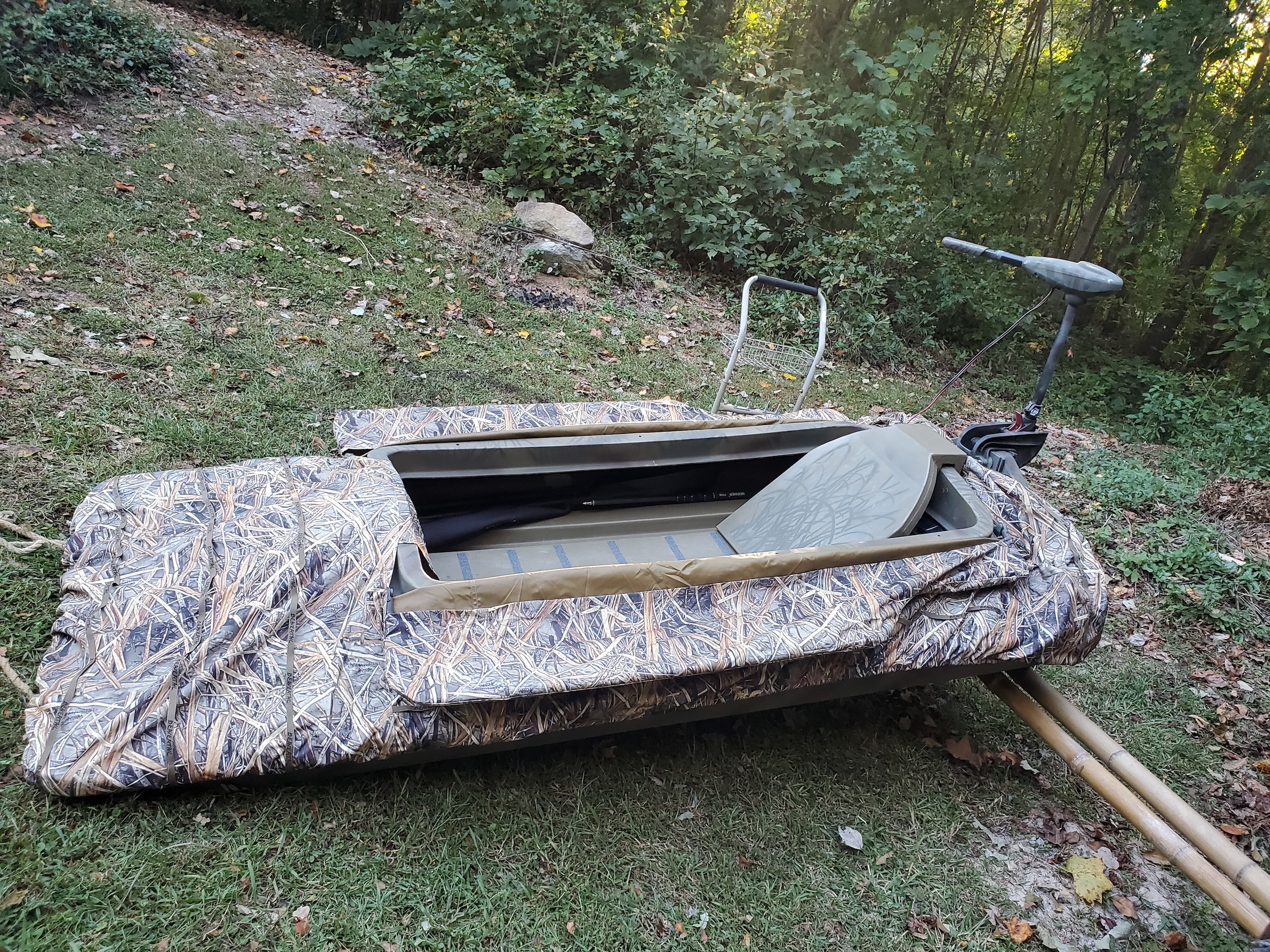
Patience
Patience is required for the slow pace required to avoid detection. If your subject is deer or coyote, you also have to consider the direction of the wind. Their sense of smell is unbelievably good, so you want to remain downwind of them.
When spooked, deer will throw up their white tail to alert the others, while coyotes simply slip silently away.
When I reach my destination, I survey my fields of view and use my Fiskers pruning shears to silently trim limbs or vegetation that may ruin a clear line of sight. I’m careful not to prune too much so as not to reduce the food or cover for the wildlife.
Then, it’s time to get comfortable in the blind, which may be your seat for hours.
I try to position the camera so that movement is kept to a minimum. Some use tripods, but I shoot hand-held to have full freedom of movement. It pays off by making more images possible but at the price of physical effort.
On one trip, I got to my blind spot at the beaver pond at first light and was blessed to have a pair of wood ducks pay a visit directly in front of me. These were wild Wood Ducks that spook and fly at the least suspicion of something amiss, so I had to be perfectly still as they swam closer, looking my way. They started dunking under the water repeatedly for their bath and doing their courting dance of flapping wings and shaking off the water.
Now was my chance to get the camera up into shooting position. I moved my camera with the speed of a sloth so as not to be noticed. I was on cloud nine as I began getting my personal best images of the subject that I had set out for. My arms began to tire, but the excitement of the opportunity sustained me. I wanted to see the last images on the display but didn’t dare move and chance detection. The pair swam closer and then made a couple of wing flaps to lift themselves up onto the end of a log that lay in front of me. They shook the water from their feathers and began preening.

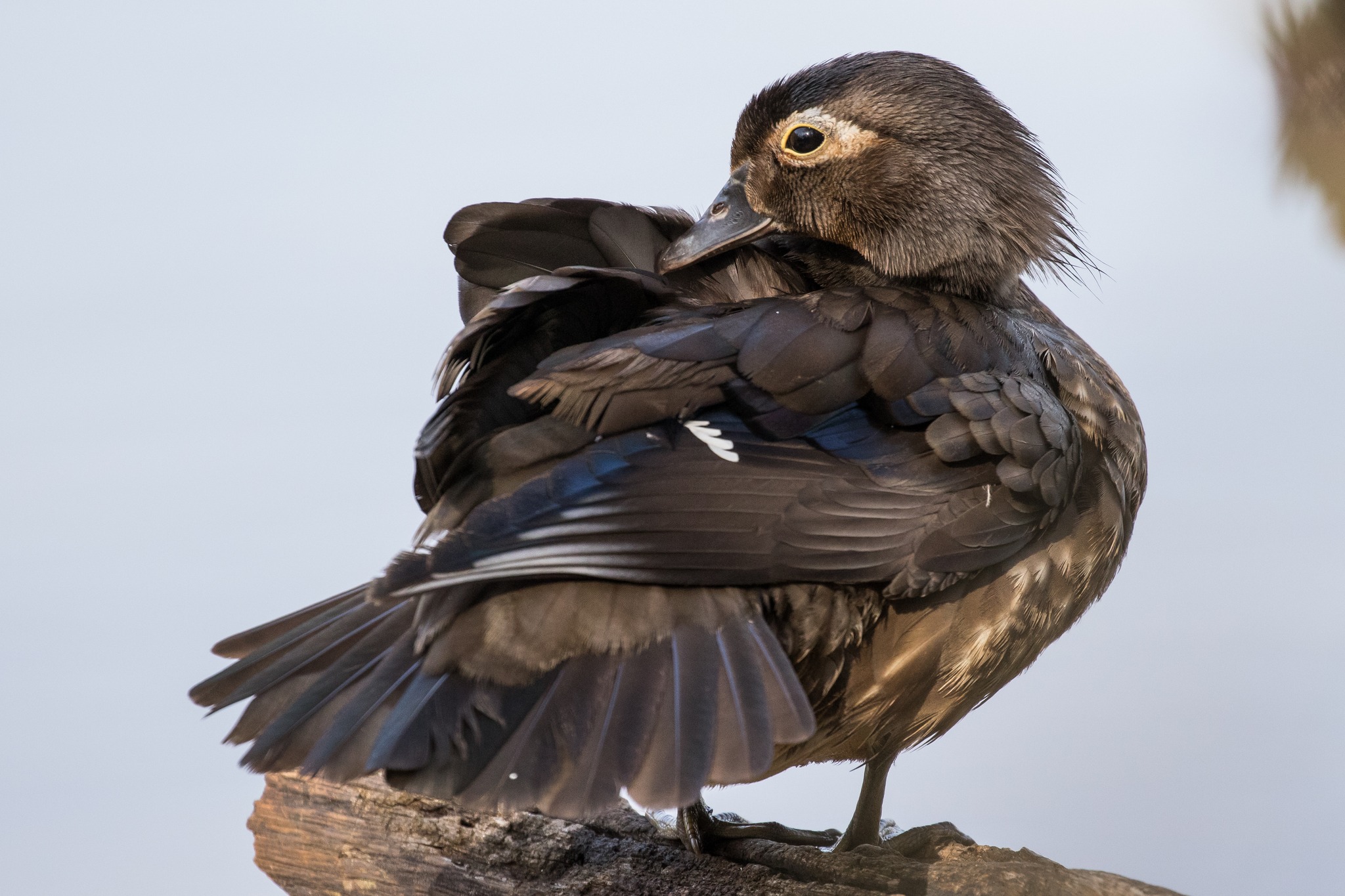
I just kept pressing the shutter, hoping my lighting settings were good. They never knew I was around and got so relaxed while sunning that they fell asleep, thankfully.
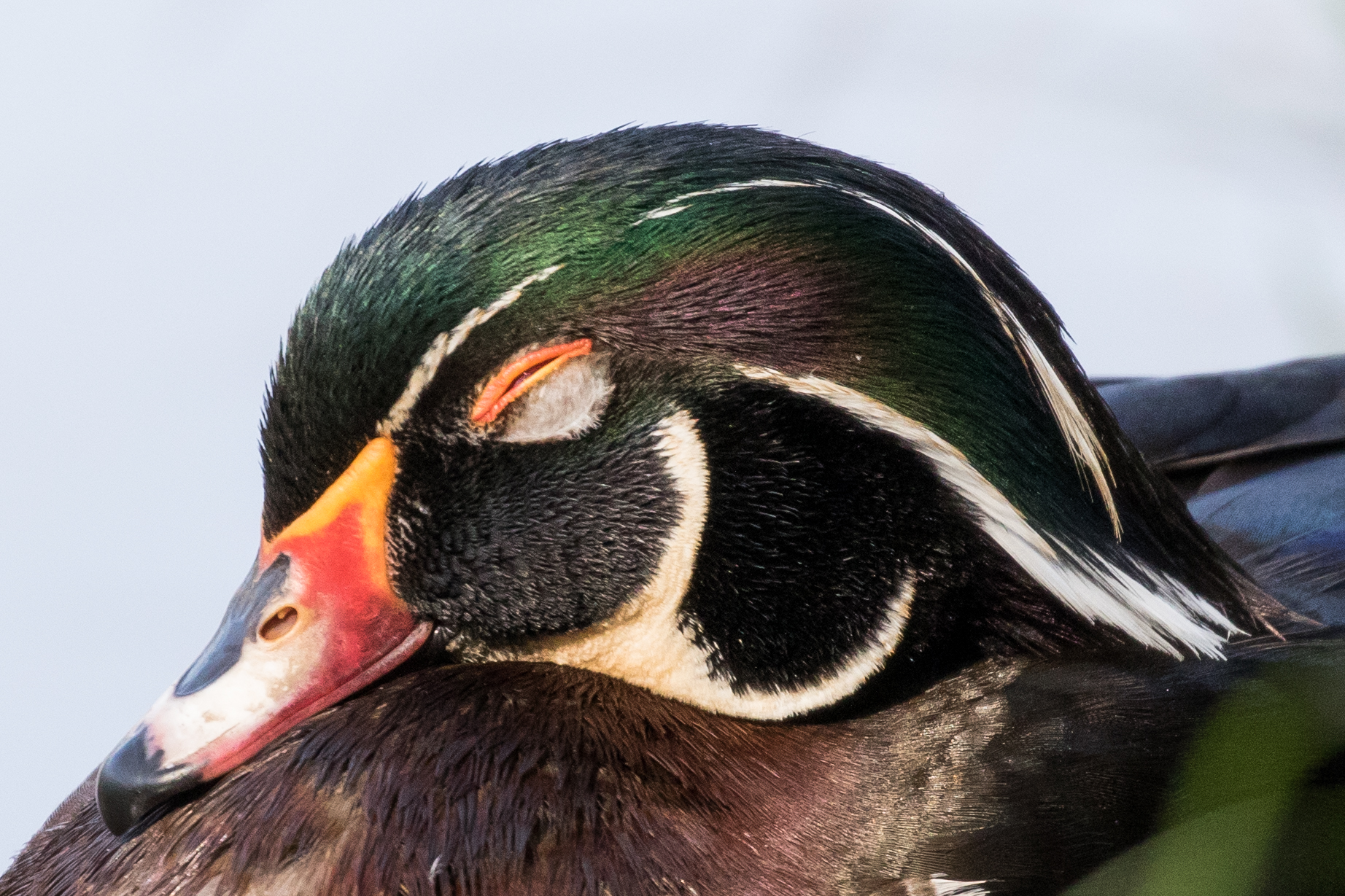
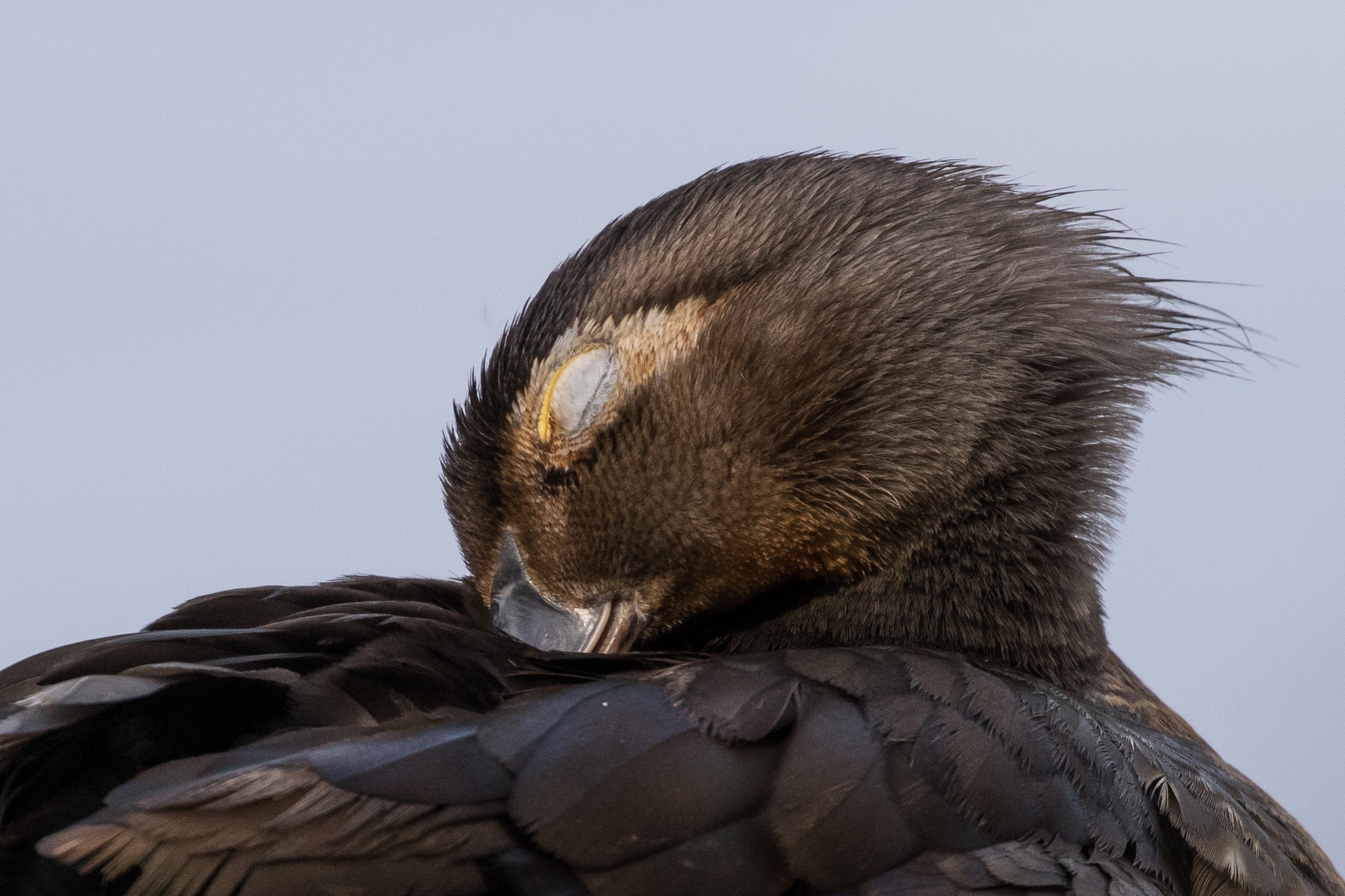
By now, lactic acid was building in my muscles from the strain of holding the camera extended motionless, and the muscles were burning. With them asleep, I could finally relax. It was a short nap time, and they hopped off the log and swam on their way to another part of the beaver pond. I felt the resulting strain on those muscles for days, but it was worth it.
Do not disturb
I try, if at all possible, not to disturb the wildlife that I photograph. I don’t want to cause them to leave an area where they have chosen to make residence, even if it is for a short visit of their migration. I try not to interrupt an animal that is feeding, especially birds of prey.
I met a falconer once who explained that a large majority of first-year birds don’t make it through their first winter due to malnutrition from their lack of hunting skills. I learn where they hunt and get there before daylight to get a shot of them as they come in hopefully. If they see me and act spooked or pressured I leave and try to find another subject.
It’s a great feeling when I head back home, knowing that I have some good images to share without disturbing the animals.
As I process the images, most are simply images of the beautiful animal in its natural setting. Some have the animal looking toward me and, I imagine, trying to figure out what that perfectly round thing is. A few images from years ago repeatedly come to mind because of the questions that they raised: a pair of Wood Ducks that only had one surviving duckling and then later seeing the hen search for it frantically.

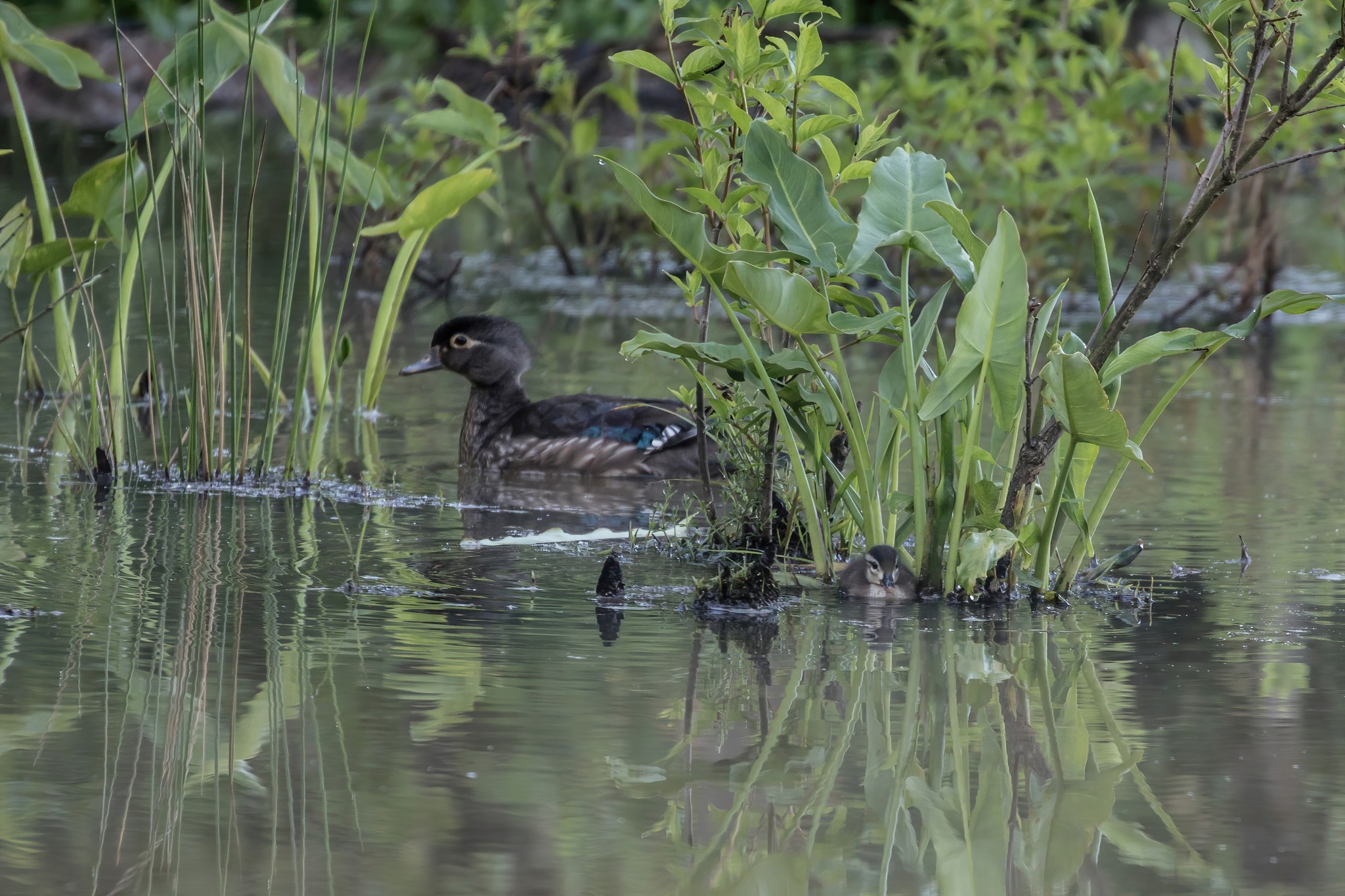
A young spotted fawn that I suddenly see swimming in front of my boat in the middle of the lake, alone. I made sure that it got safely to the other shore then I left to give the mother undisturbed access to reunite.

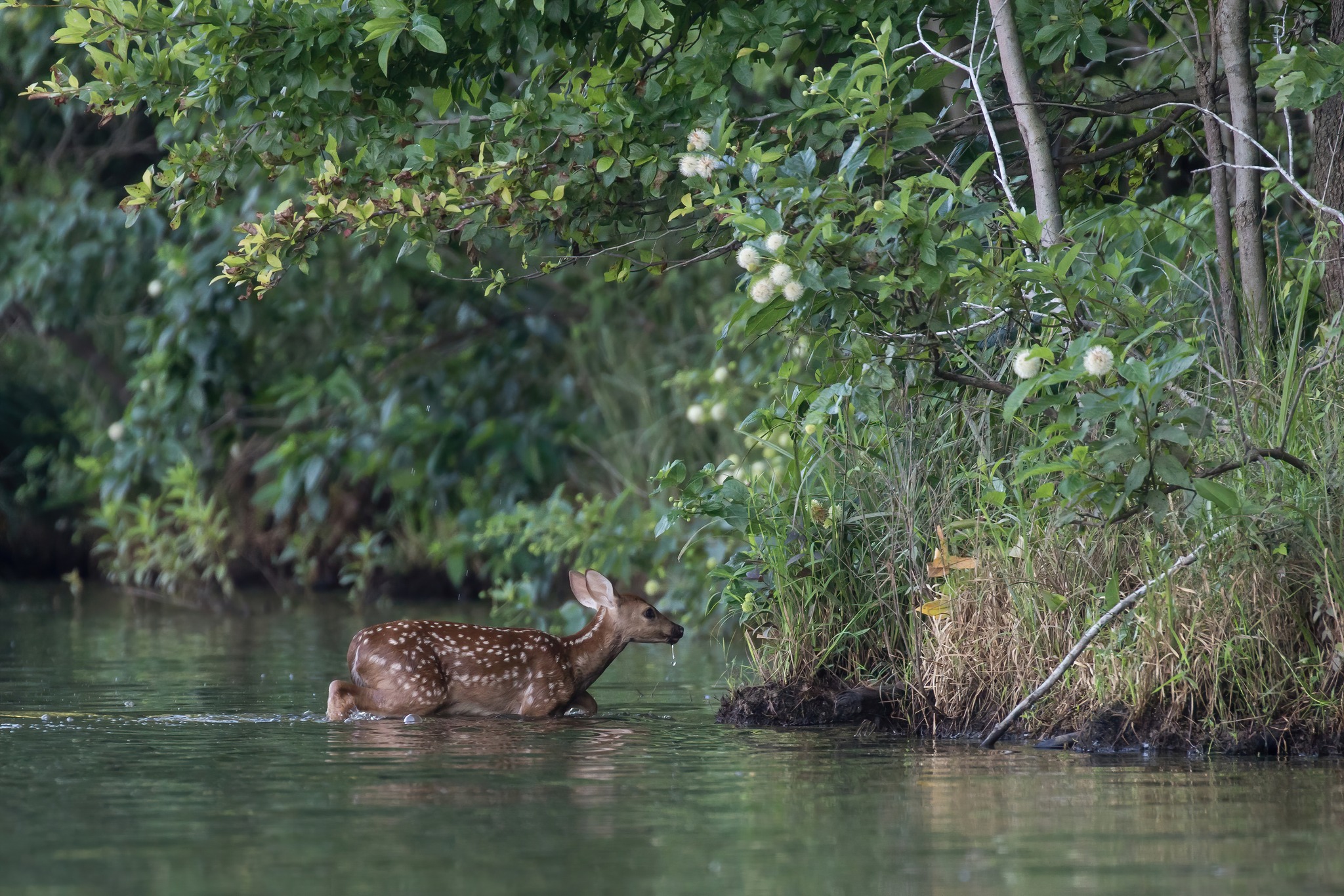
I hope that you enjoy the pictures. And I thank the good Lord for blessing me with the opportunity to see and photograph his beautiful creation.
_____
Joe Berry is a Certified Georgia Master Naturalist and gifted wildlife photographer who lives in Northeast Georgia. Click here to read and enjoy the amazing photos in his nature columns on NowHabersham.com.



